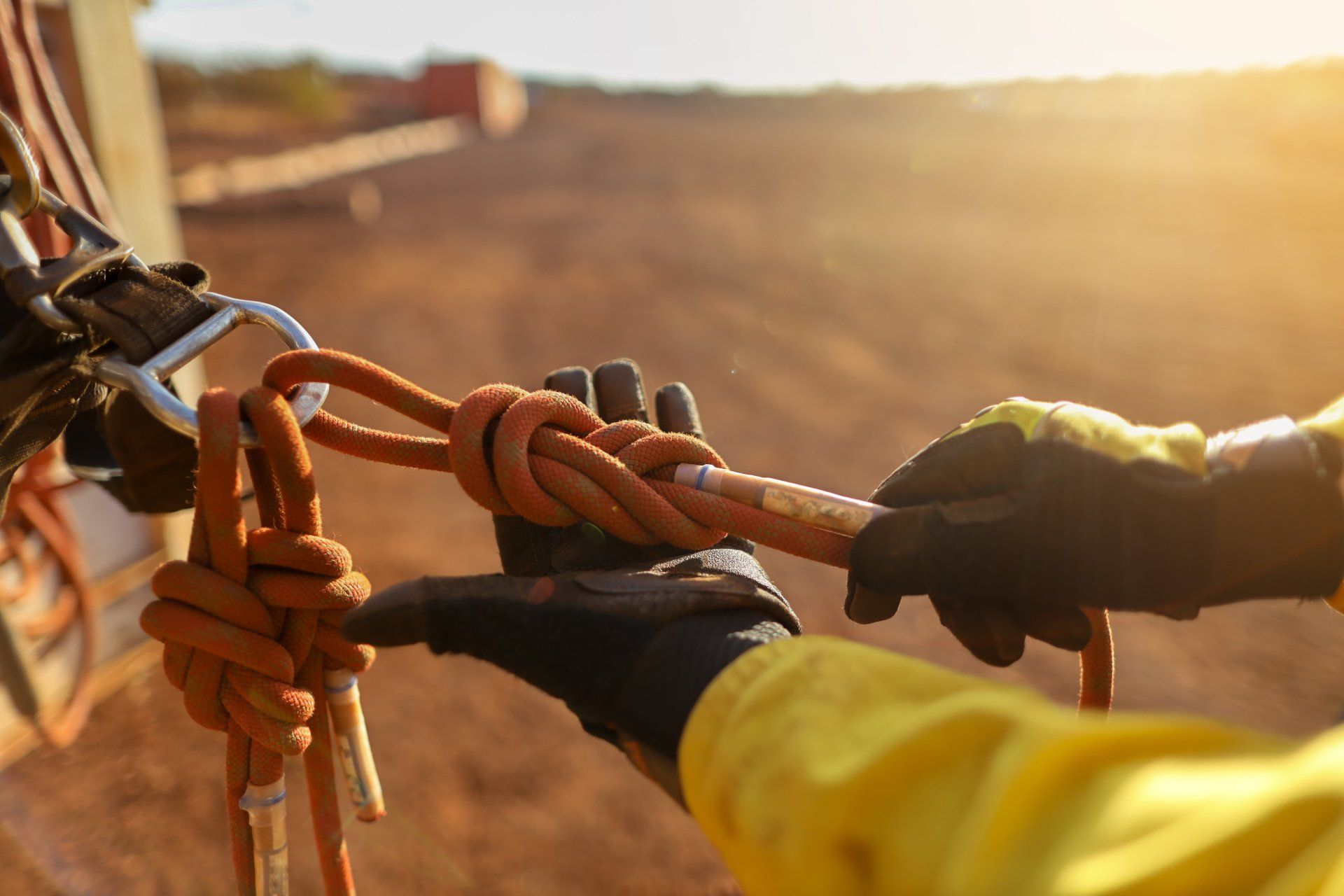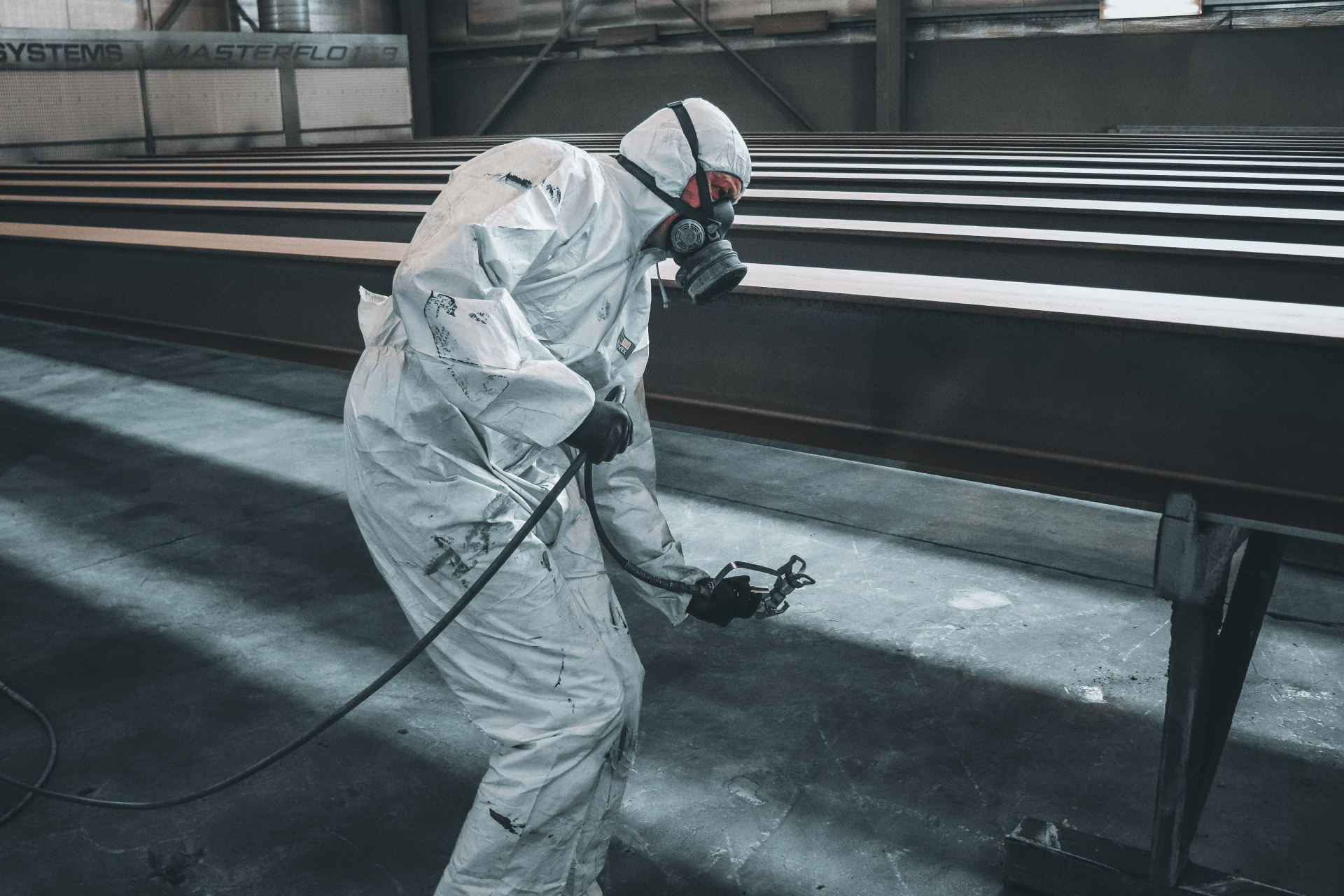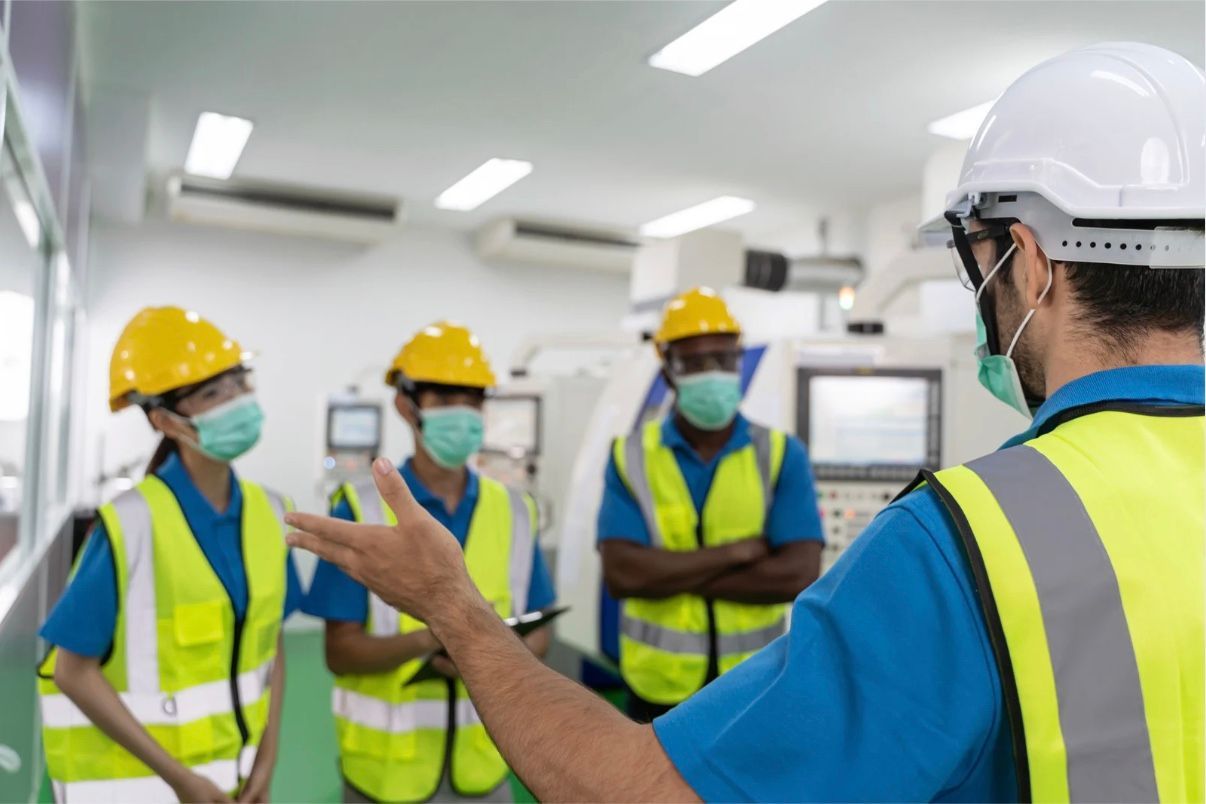Rope Access Equipment

Rope Access Equipment: What It Is, Why It Matters, and How to Choose, Use, and Track It
Working at height demands uncompromising attention to safety, competence, and the quality of your kit. Rope access equipment is the backbone of safe, reliable, and efficient work at height and positioning in industries ranging from wind energy to building maintenance, civil engineering, marine, and telecoms. This guide walks through the essential components of a rope access system, how standards shape product selection, what good inspection and record-keeping looks like, and how digital tools can strengthen traceability and compliance.
Whether you’re a facilities manager procuring kit for a team, a QHSE professional formalising procedures, or a technician preparing for training, you’ll find practical pointers to choose, use, and manage rope access equipment confidently.
What counts as Rope Access Equipment?
In a modern industrial rope access setup, rope access equipment typically includes:
- Low-stretch kernmantel ropes (primary working line and backup line)
- Harness (sit/seat harness; sometimes with chest elements depending on task)
- Rope adjustment devices (descender on the work line; backup or mobile fall-arrester on the safety line)
- Ascenders and foot loops for vertical movement
- Connectors (karabiners, maillons) and lanyards/cow’s tails
- Helmets suitable for work at height
- Slings, anchor connectors and edge protection
- Rescue devices and hauling kits (task-dependent)
- Bags and tagging to maintain equipment identity and traceability
The exact selection depends on the job: environment (onshore/offshore, marine, confined space), task (inspection, NDT, blasting/painting, cleaning), and the rescue plan. Every piece of rope access equipment should be compatible within the system and used under competent supervision.
Rope Access Equipment standards and why they matter
Standards provide the backbone of trust in rope access equipment, setting out performance and testing requirements that underpin safe use. When choosing rope access equipment, always verify that products meet or exceed these standards and that documentation is retained for inspection and auditing.
The core components and what to look for include:
Ropes (EN 1891 Type A)
The rope is central to all rope access equipment systems. Match rope diameter to devices, maintain unique identification, and protect from abrasion or chemical damage. Any glazing, soft spots or sheath slippage means immediate withdrawal from service.
Harness (EN361)
Use a full-body, rope-access-specific harness certified for fall arrest and work-positioning. Check for EN361 (full-body/fall-arrest) and EN358 (work-positioning belts/lanyards) compliance and, where applicable, sit/tech harness classifications such as EN813 / BS EN12277 for specialist designs. Ensure harnesses are correctly sized and adjusted, attachment points (dorsal, ventral, side) are used only as specified by the manufacturer, and that unique ID, serial/certification labels and inspection records are maintained; withdraw any harness showing glazing, fraying, distorted metalwork or post-fall damage and follow the manufacturer’s technical notice for permitted connectors, rope diameters and retirement criteria.
Rope adjustment devices (EN 12841)
These include descenders, ascenders, and backup devices. The right rope access equipment configuration reduces user fatigue and improves efficiency. Follow the manufacturer’s technical notice for rope diameter, rigging direction and operational limits.
Energy absorbers and mobile fall arresters
Critical components of rope access equipment, these manage dynamic loads in the event of a fall. Always pair devices and absorbers from the same manufacturer to maintain certification and ensure predictable performance.
Connectors (EN 362)
Connectors are the links between all items of rope access equipment. Select karabiners and maillons rated for life support, orient them correctly, and inspect for wear, burrs, or deformation.
Helmets (EN 397 / EN 12492)
Helmets form an essential part of rope access equipment, protecting against falling objects and impact during a fall. Selection should reflect the work environment—industrial, offshore, or confined space.
Anchors, slings, and edge protection
Anchors must be appropriately rated and protected. Poor anchor selection undermines even the best rope access equipment, so inspection, documentation, and testing are vital.
Compatibility, configuration, and human factors
Even the most advanced rope access equipment is only as safe as the way it’s configured. Key principles include:
- Using ropes and devices within their tested diameter range.
- Ensuring redundancy with a backup line and independent anchor.
- Managing abrasion and edge protection effectively.
- Allowing clearance below for fall arrest systems.
- Keeping rigging simple to avoid cross-loading.
- Maintaining rescue readiness—your rope access equipment should support the planned recovery method.
- Competent supervision and ongoing assessment ensure that both the system and operator remain safe throughout the task.
Inspection, care, and legal context of Rope Access Equipment
In Northern Ireland, the safe use, inspection, and maintenance of rope access equipment are governed by several key pieces of legislation. The Work at Height Regulations (Northern Ireland) 2005 set out employers’ duties to plan and supervise all work at height and ensure it is carried out safely using appropriate equipment.
Where rope access equipment is used as part of a lifting operation, the Lifting Operations and Lifting Equipment Regulations (Northern Ireland) 1999 (LOLER NI) apply. Otherwise, it falls under the Personal Protective Equipment at Work Regulations (Northern Ireland) 1993, which require suitable PPE to be provided, maintained, and inspected.
Detailed inspection logs should capture serial numbers, purchase dates, findings, and retirement decisions. Inspections must be carried out by a competent person, and records should be made available during audits or investigations by the Health and Safety Executive for Northern Ireland (HSENI).
All equipment must also be used in line with manufacturer guidance and IRATA International’s Code of Practice (ICOP), ensuring systems remain compliant and traceable across their full service life.
Digitising your equipment register (and why it helps)
Keeping up with inspection paperwork can be challenging for large inventories of rope access equipment. That’s why many professional companies use an online equipment register to manage compliance efficiently.
One example of an online equipment register is Scannable - invaluable for tagging, tracking and auditing rope access equipment across projects. Through a variety of scannable tags (QR code, barcode, NFC tags) the system logs inspection dates, photos, and reports in one digital location, ensuring nothing slips through the cracks. It also provides a clear audit trail during IRATA or client reviews.
As part of promoting transparency in how we at Dangle Academy manage and care for our rope access equipment, we also share regular posts across our social media channels showcasing some of the tools, devices and safety essentials used in the field. You can find these in our ongoing “What’s in our kit bag” series. It's an informal look inside the gear that keeps technicians safe, compliant, and efficient on site.
Digitising and showcasing our approach reflects a wider culture of accountability, helping to highlight the importance of using certified rope access equipment correctly and keeping it properly maintained.
Selection tips for Rope Access Equipment buyers and supervisors
When purchasing or managing rope access equipment, consider:
- Task-specific suitability: Equipment must match the environment—offshore, confined space, tower, or wind turbine.
- Manufacturer compatibility: Always pair ropes and devices tested together.
- Durability and ergonomics: Good design reduces fatigue and increases longevity.
- Rescue considerations: Your chosen rope access equipment should support both routine and emergency use.
- Record management: Keep each item traceable, ideally through a digital register.
Choosing the right rope access equipment upfront saves money and downtime while keeping technicians safe and compliant.
Care, cleaning, storage, and retirement
Proper maintenance plays a crucial role in extending the life of rope access equipment and ensuring its continued safety and performance. Textile items should be cleaned with mild soap and water, then air-dried naturally away from heat sources and direct sunlight. All equipment must be stored in clean, dry conditions that are free from contaminants or excessive humidity, and both pre-use and scheduled inspections should be carried out by a competent person to confirm the integrity of every component. Any gear showing signs of damage, contamination, or having been subjected to an unknown load should be immediately retired from service.
Consistent care and inspection are every bit as important as the original purchase—neglecting them can quickly compromise even the most advanced rope access equipment.
Training, competence, and a culture of safety
Rope access is a competence-led discipline: technicians need structured training, assessment, and ongoing supervision to use rope access equipment correctly and react to situations under pressure. If you’re building a training plan for your team, consider complementing technical rope access courses with broader safety education around working at height, safety harness training, risk assessment, manual handling, COSHH awareness, or confined space awareness to strengthen decision making and procedural compliance.
For an overview of how accredited training supports safer workplaces, see our post on accredited safety courses for industry—it explains how recognised programmes raise standards across operations and help teams adopt best practice consistently. Linking technical capability with accredited safety knowledge ensures both people and their rope access equipment are used safely and effectively.
A quick equipment checklist before you leave the ground
Before any rope work begins, confirm your rope access equipment passes these checks:
- Each item is uniquely identified and logged.
- Connectors lock and function correctly.
- Ropes and devices are compatible and undamaged.
- Anchors are strong, secure and documented.
- Rescue equipment is accessible and operational.
- Inspection records are current and verified.
A disciplined pre-use check is the simplest and most effective safeguard against accidents.
Why Choose Dangle’s Academy?
Here at Dangle, we pride ourselves on offering a wide range of professional and comprehensive inspection, access, coatings, and composite (IACC) industrial services and training courses to cater to the needs of both the private and public sectors. Our dedication to providing high-quality work at height solutions and training has helped us establish a strong reputation in the industry.
With a team of highly skilled and experienced professionals, we are committed to delivering exceptional results that not only meet but exceed our clients' expectations. Our on-site working at height services are designed to minimise maintenance costs in the long and short-term, allowing our clients to save on valuable resources.
Located in Belfast, Northern Ireland, our headquarters serve as the centre of our operations across Ireland. However, we also have a Dangle office based in Scotland, ensuring that we can extend our services to a wider clientele across the United Kingdom. No matter where you are located, our team is always ready to assist you with your industrial maintenance or training needs.
If you would like to learn more about how our dedicated team can help you, we encourage you to get in touch with us today. Our friendly and professional staff are always available to provide you with the information and support you require.
We'd Love a Share...
You might also like


